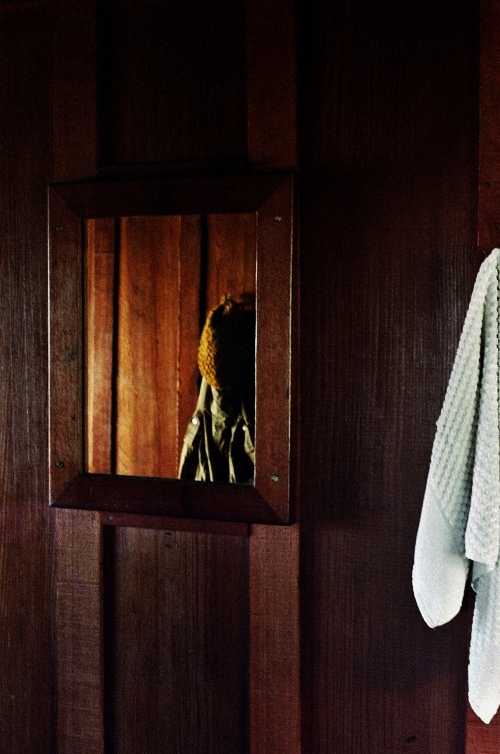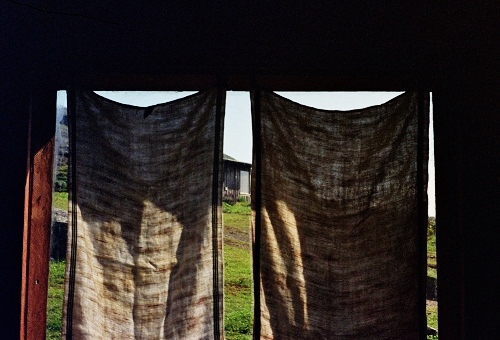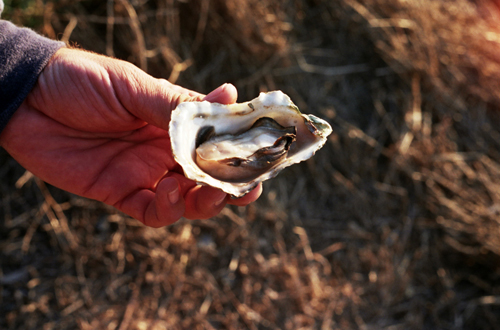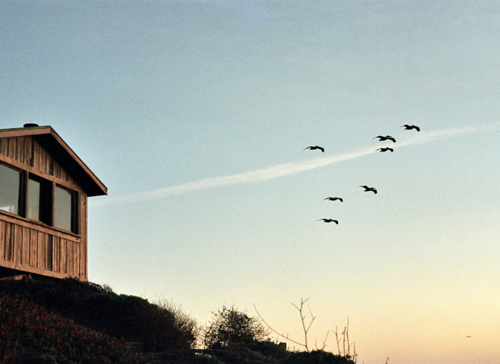 Can't tell you how many years I've been wanting to go to Steep Ravine...
Can't tell you how many years I've been wanting to go to Steep Ravine...
Not so hard to guess why. It's a pretty damn magical place, perched on the bluffs overlooking the sea, with rustic cabins and woodstoves and tide pools. Wait for the tide to go out and you have a beach the size of a football field with pebbles to stack, driftwood to toss and tide pools to sift through. Play your cards (and tides) right and you might get water low enough to encounter some natural hot springs (and accompanying hippies). Even if it's not a minus tide you can find pockets of warmth along the shore and dig out little foot baths while bright orange and purple starfish cling to the rocks. Meanwhile, tadpoles push their way through the inland pond and Calla Lilies are currently blooming on the hills.
---------------------------------------------------------------------------------------------------------------------------------------
And where did all this magic come from? Historically speaking, it's kind of a fascinating story, mostly because it's ridiculously hard to find facts that all fit together (seriously, you'd think there'd be a succinct history somewhere, but no, it's like another Mullholland-land-shenanigan). From what I could gather, it all started when congressman and conservationist William Kent willed 200 acres of his Marin property (including Steep Ravine Canyon) to help create the Mount Tamalpais State Park upon his death in 1928. (For reference, Kent is the same gentleman who nearly 21 years earlier donated another large piece of property which became Muir Woods.) Prior to his death, the land had been privately owned by Kent and either the parcel at the base of Steep Ravine had special rights still left to the Kent family or they retained ownership of that bit, because in the mid-1940s (or late 1930's depending on the source) one of Kent's sons, William Kent Jr. built the cabins and started leasing them to local families. (It appears Kent, Jr. was a bit of a family outcast due to his parcelling up of various Kent estates.) One of these lessees was Dorothea Lange, who spent a great deal of time there communing with (and photographing) her family from the mid-1950's until her death in 1965. Somewhere in there the cabins must've become State Park property because in the 70's a San Francisco newspaper ran a scandal story about how friends with friends in higher places were getting first dibs on staying at the cabins. The California State Parks Department decided to avert the crisis by simply tearing the cabins down and returning the area to it's natural state---lucky for us there was a public outcry and the cabins remained. Of course while everyone was deciding what to do with them, the structures fell into various states of disrepair and by the time it was deemed they should be restored and made fully public 3 (or 4, again depending on the source) were so far gone they had to be demolished. Finally, on April 1, 1984, 10 of the original cabins (each with a new roof, woodstove, table and sleeping platform) were included in the state environmental campground system (for a whopping $12 a night). These days, reserving the cabins is no small feat, but if you're flexible you'll almost always find something. And sometimes you can catch the moon and tides just right and really dig your toes in.









